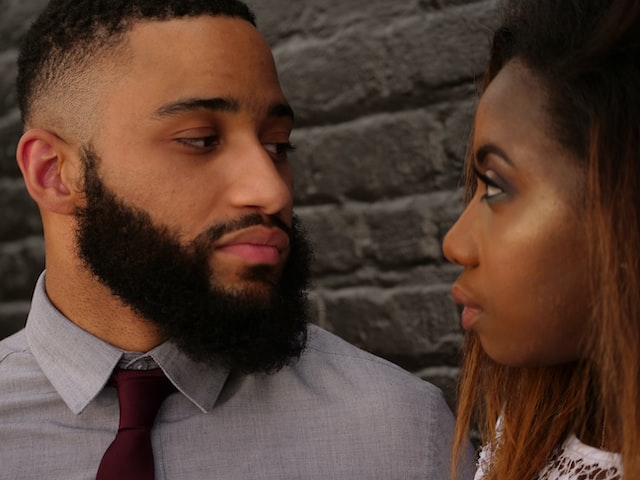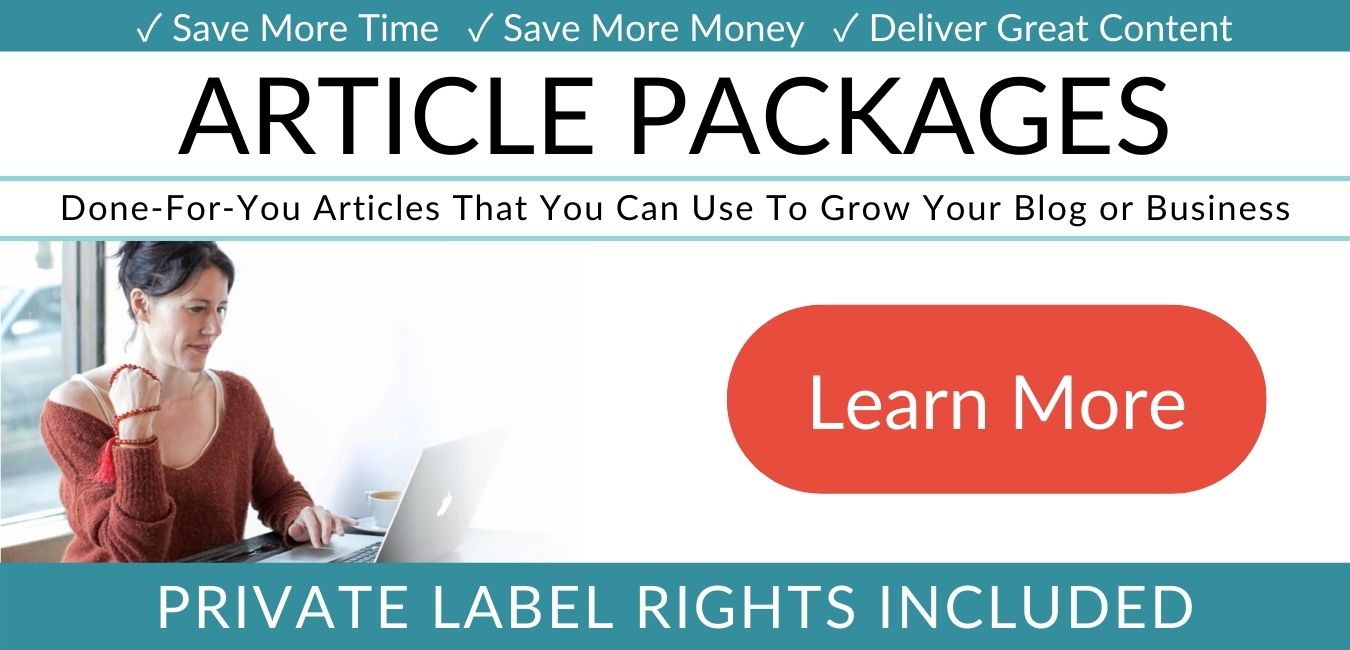Toxic Relationships: Definition, Signs, & HealingToxic relationships occur when people try to control each other to get their needs met. This article explains how this comes to pass, what it looks like, and some ways to reduce the toxicity of your relationships.
We might even be willing to call them toxic… and yet we’re not willing to let them go. Why is that?
This blog post will try to answer that question. Toxic relationships, like all relationships, exist in a gray area; we tolerate the bad because there’s some good in there, too. Does that mean we should stay in these relationships? Not necessarily. Read on to learn the definition of a toxic relationship, signs of a toxic relationship, and ways to heal your relationships. Before reading on, if you're a therapist, coach, or wellness entrepreneur, be sure to grab our free Wellness Business Growth eBook to get expert tips and free resources that will help you grow your business exponentially. Are You a Therapist, Coach, or Wellness Entrepreneur?
Grab Our Free eBook to Learn How to
|
Are You a Therapist, Coach, or Wellness Entrepreneur?
Grab Our Free eBook to Learn How to Grow Your Wellness Business Fast!
|
Terms, Privacy & Affiliate Disclosure | Contact | FAQs
* The Berkeley Well-Being Institute. LLC is not affiliated with UC Berkeley.
Copyright © 2024, The Berkeley Well-Being Institute, LLC
* The Berkeley Well-Being Institute. LLC is not affiliated with UC Berkeley.
Copyright © 2024, The Berkeley Well-Being Institute, LLC




